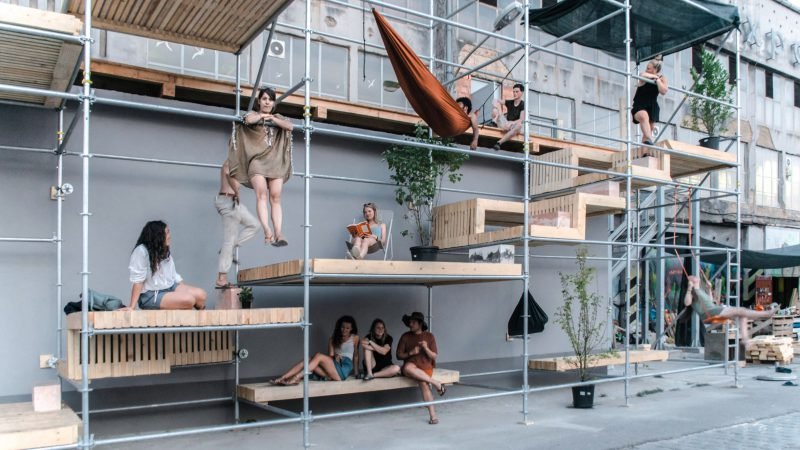Checkpoint Empty
Borders are intriguing. Sometimes they follow a very logical line such as mountain ranges, rivers, or obvious cultural differences like a language. Sometimes they are completely illogical, like the more or less randomly drawn borderlines in Africa. Some borders cut straight through a metropolitan area, creating special dynamics, for instance the Nieuwstraat in the Dutch city of Kerkrade, of which the western side is Dutch and the eastern side is German. On that eastern side the town is called Herzogenrath and the street is called the… Neustraβe. On a larger scale the cities of San Diego (United States) and Tijuana (Mexico) are also twin cities, containing a heavily defended and controlled borderline between them.

The European Union is slowly opening up its internal borders. Starting with five participating countries in 1985, nowadays twentyfive countries are connected thanks to the Schengen agreement. Once inside the area, people can move about freely without the border control procedures that once were standard practice. This operation has lead to an immense number of deserted border areas all over Europe. Places where cars used to be obliged to stop, are now large empty lakes of asphalt where only road signs, flags or signposts remind the traveler of the history of a divided Europe. Checkpoints and offices are empty and motels formerly parasitising on bureaucracy are abandoned since passers by are no longer obliged to stop.

All these places are awaiting an uncertain future. Whom do they belong to? Are there plans to re-use the buildings? Will they serve as a symbolic reminder of the past? Or will they remain for a just-in-case scenario, speculating on the currently emerging Euro-skepticism? Speculating on future functions, what will be practical and useful? Could these deserted border areas be new tax free zones, or international trading centers? Could they serve as meeting places for cultural bridging, or will they become trading markets for smuggling? These places seem to be perfect spots to sell stuff that is more expensive on the other side of the border, or to create facilities for juridical advantages based on legal differences between nations. To name just a few examples: kiss-and-run gay marriage locations, abortion clinics, coffeeshops selling marihuana, or cheap driving schools. My fascination for borders has lead to a small but growing photo collection of borders all over the world. Perhaps these pictures can tickle the creativity of other future uses of Checkpoint Empty.



